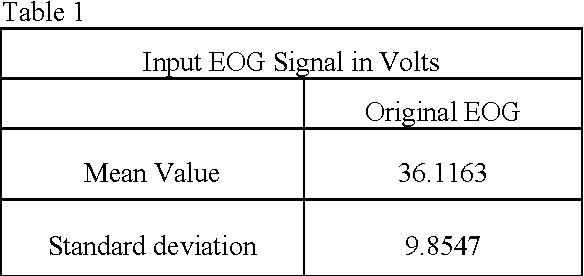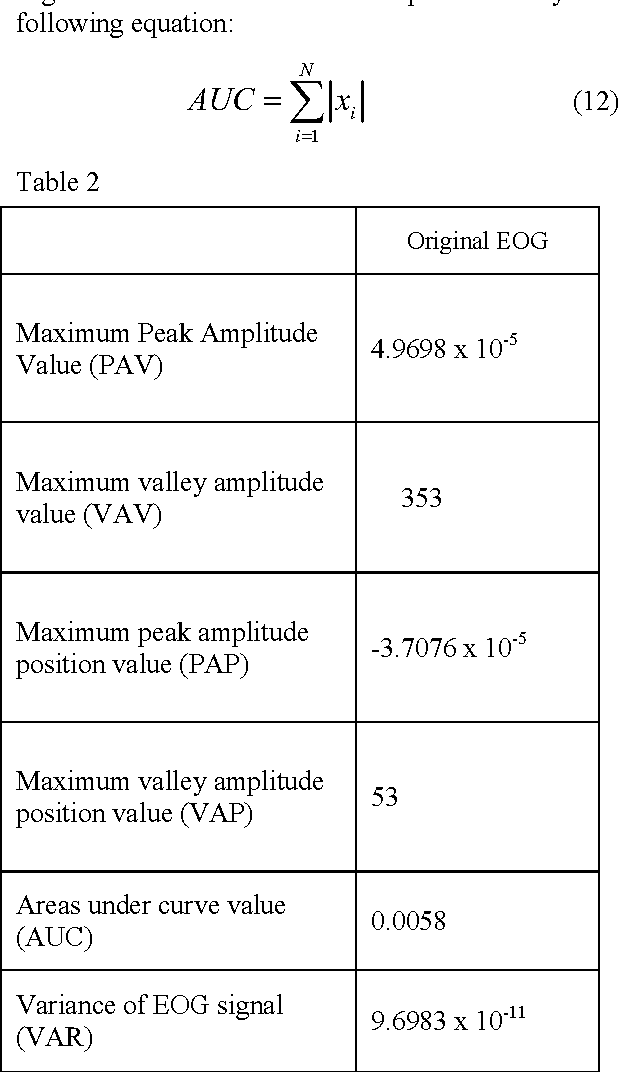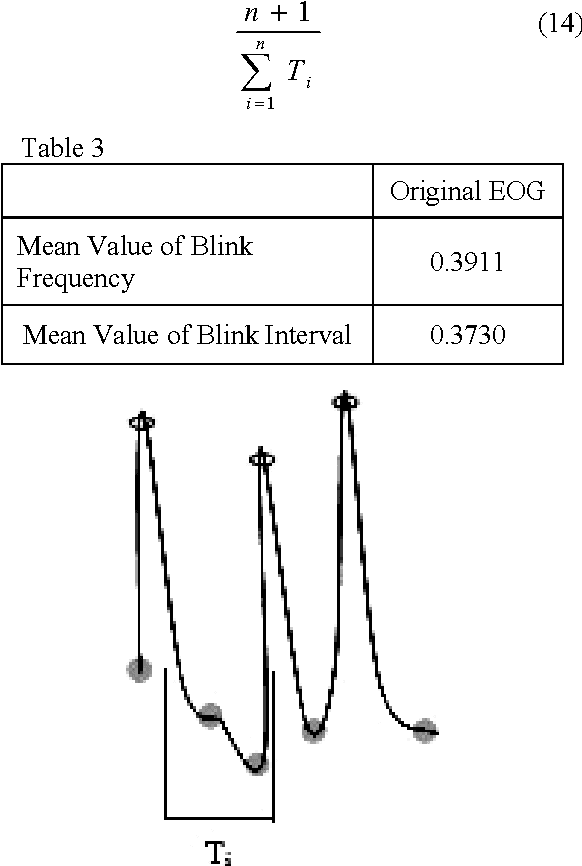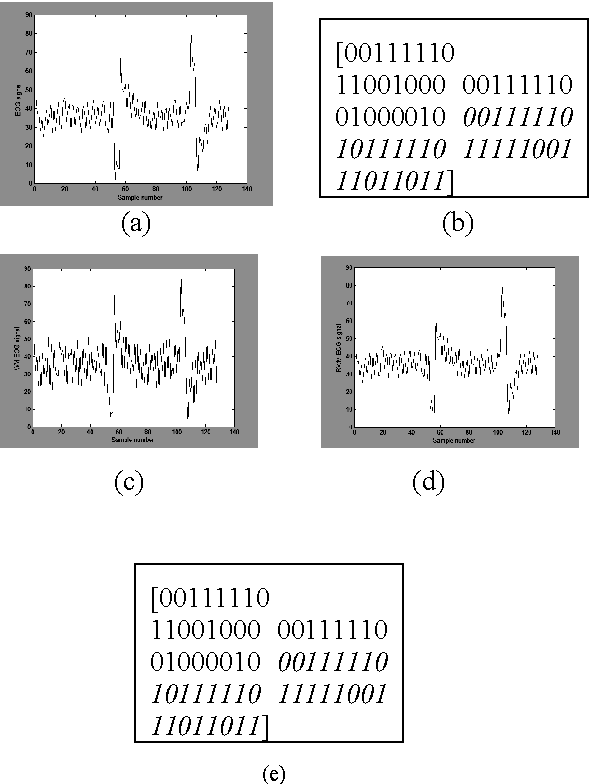Prasenjit Maji
A multi-model approach using XAI and anomaly detection to predict asteroid hazards
Mar 20, 2025Abstract:The potential for catastrophic collision makes near-Earth asteroids (NEAs) a serious concern. Planetary defense depends on accurately classifying potentially hazardous asteroids (PHAs), however the complexity of the data hampers conventional techniques. This work offers a sophisticated method for accurately predicting hazards by combining machine learning, deep learning, explainable AI (XAI), and anomaly detection. Our approach extracts essential parameters like size, velocity, and trajectory from historical and real-time asteroid data. A hybrid algorithm improves prediction accuracy by combining several cutting-edge models. A forecasting module predicts future asteroid behavior, and Monte Carlo simulations evaluate the likelihood of collisions. Timely mitigation is made possible by a real-time alarm system that notifies worldwide monitoring stations. This technique enhances planetary defense efforts by combining real-time alarms with sophisticated predictive modeling.
Easydiagnos: a framework for accurate feature selection for automatic diagnosis in smart healthcare
Oct 01, 2024Abstract:The rapid advancements in artificial intelligence (AI) have revolutionized smart healthcare, driving innovations in wearable technologies, continuous monitoring devices, and intelligent diagnostic systems. However, security, explainability, robustness, and performance optimization challenges remain critical barriers to widespread adoption in clinical environments. This research presents an innovative algorithmic method using the Adaptive Feature Evaluator (AFE) algorithm to improve feature selection in healthcare datasets and overcome problems. AFE integrating Genetic Algorithms (GA), Explainable Artificial Intelligence (XAI), and Permutation Combination Techniques (PCT), the algorithm optimizes Clinical Decision Support Systems (CDSS), thereby enhancing predictive accuracy and interpretability. The proposed method is validated across three diverse healthcare datasets using six distinct machine learning algorithms, demonstrating its robustness and superiority over conventional feature selection techniques. The results underscore the transformative potential of AFE in smart healthcare, enabling personalized and transparent patient care. Notably, the AFE algorithm, when combined with a Multi-layer Perceptron (MLP), achieved an accuracy of up to 98.5%, highlighting its capability to improve clinical decision-making processes in real-world healthcare applications.
Embedding of Blink Frequency in Electrooculography Signal using Difference Expansion based Reversible Watermarking Technique
Mar 09, 2013



Abstract:In the past few years, like other fields, rapid expansion of digitization and globalization has influenced the medical field as well. For progress of diagnostic results most of the reputed hospitals and diagnostic centres all over the world have started exchanging medical information. In this proposed method, the calculated diagnostic parametric values of the original Electrooculography (EOG) signal are embedded as a watermark by using Difference Expansion (DE) algorithm based reversible watermarking technique. The extracted watermark provides the required parametric values at the recipient end without any post computation of the recovered EOG signal. By computing the parametric values from the recovered signal, the integrity of the extracted watermark can be validated. The time domain features of EOG signal are calculated for the generation of watermark. In the current work, various features are studied and two major features related to blink frequency are used to generate the watermark. The high Signal to Noise Ratio (SNR) and the Bit Error Rate (BER) claim the robustness of the proposed method.
* 6 Pages, 3 Figures, 4 Tables
 Add to Chrome
Add to Chrome Add to Firefox
Add to Firefox Add to Edge
Add to Edge